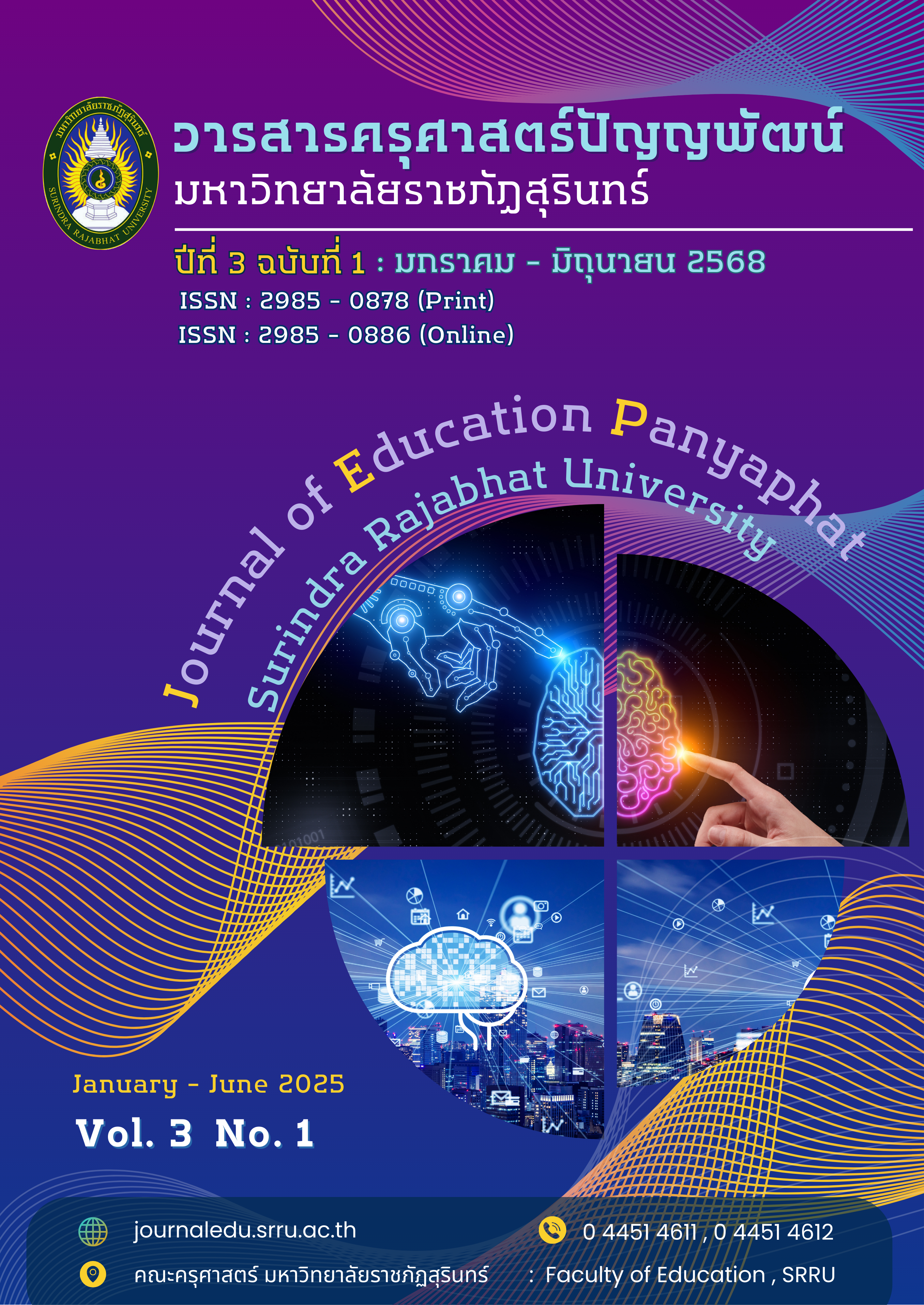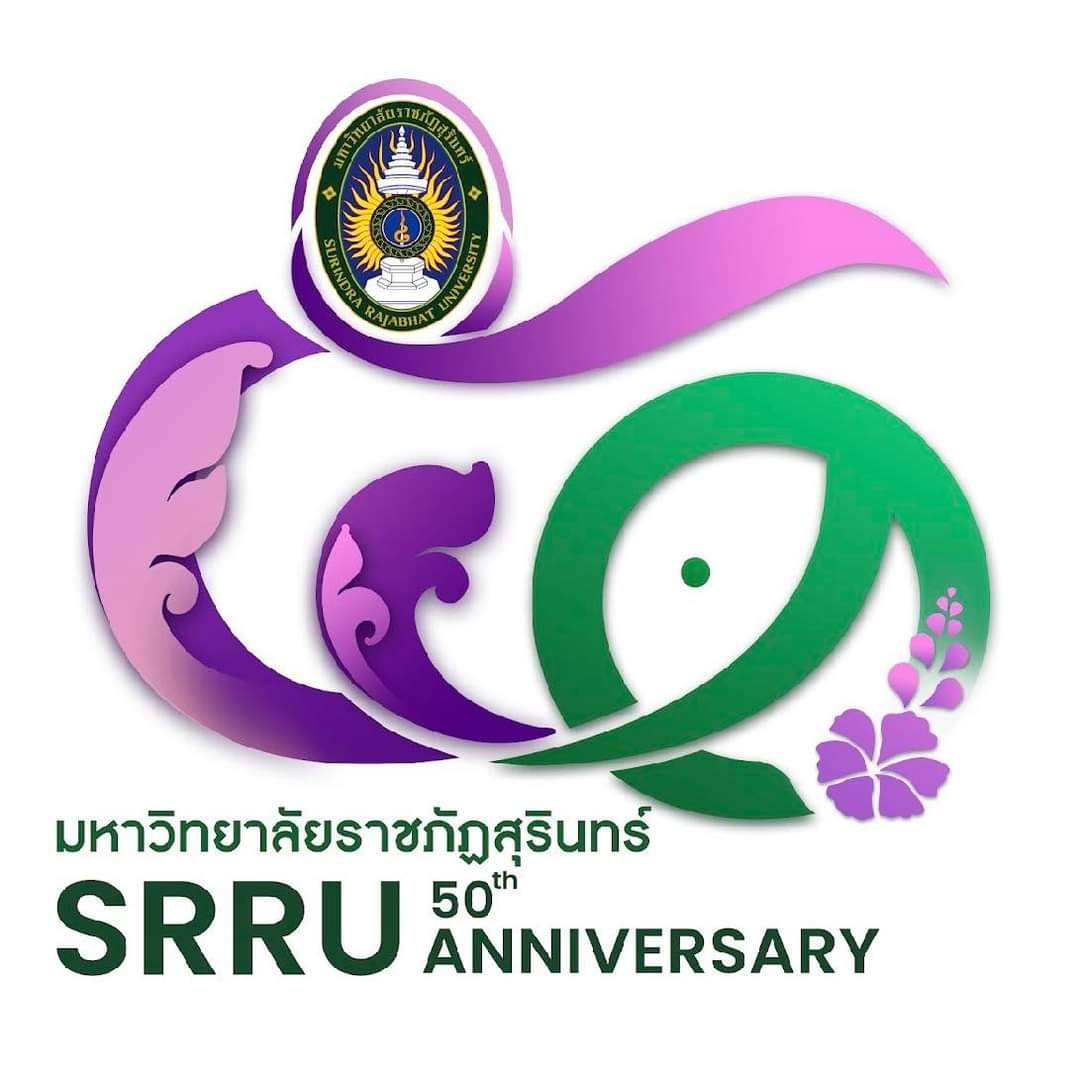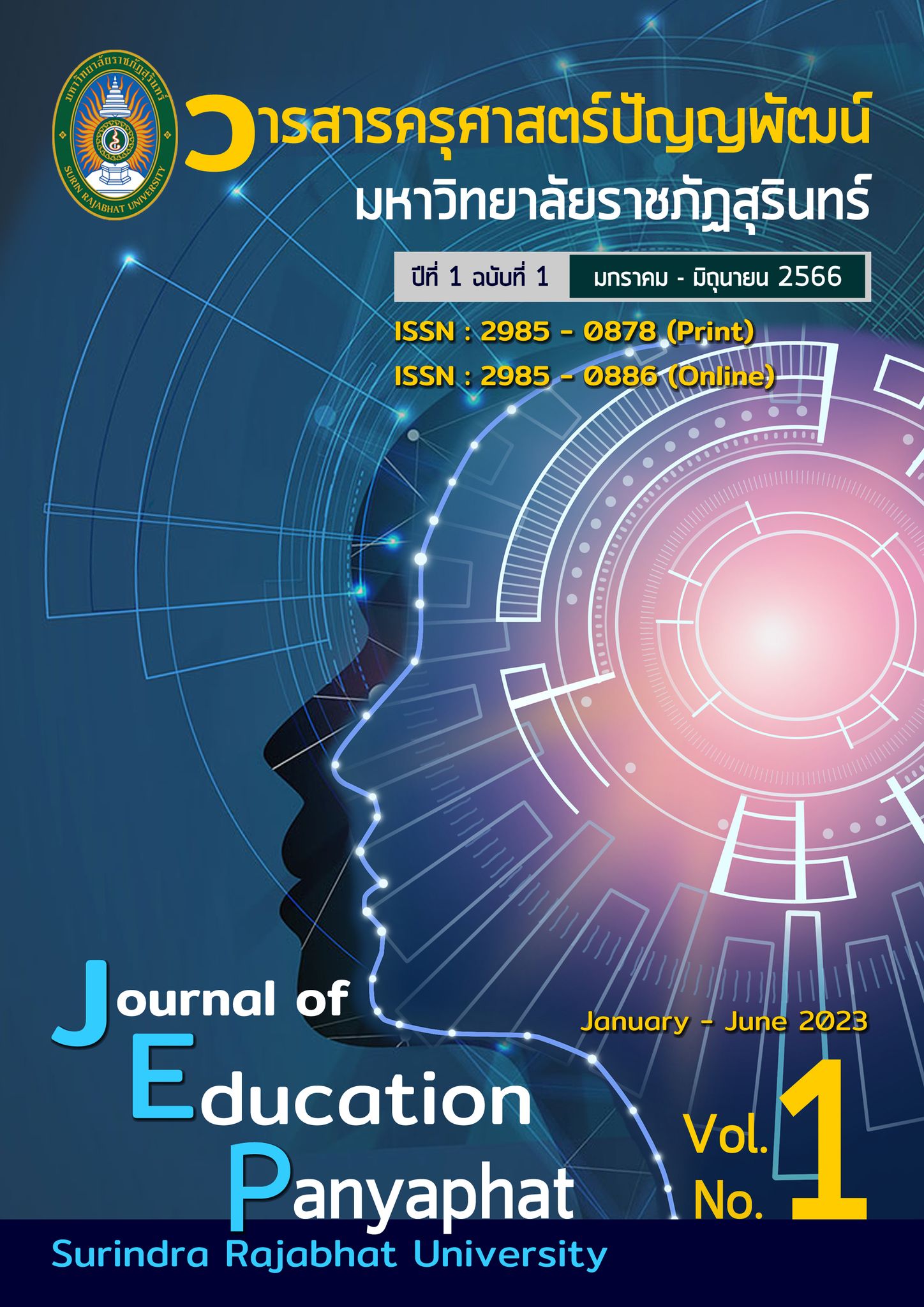An Integrated Buddhist Based Pedagogy according to Death Education Concepts to Promote Young Futurist for Learners in the Thaischooling
Keywords:
Young Futurist, Death Education, Buddhist, Nanonism Paradigm, ThaischoolingAbstract
Important issues in current education management are Preparing learners in the Thai school system to survive It is an era in which society has to face great complexity. Arising from rapid change social phenomena are becoming more complex with a wider range of issues. Whether it is a state of war or famine, the spread of emerging diseases and etc. In order to build immunity for learners in the Thai school system to be able to cope with those complexities or changes, an Integrated Buddhist Based Pedagogy according to Death Education It is an educational arrangement that creates a learning process on the issue of death and losses. Mental and emotional development Allow students to adapt as well as the ability to face situations mindfully and rationally Based on Buddhist science that teaches understanding about the reality of human beings and their relationship with nature. Focus on preparing students both physically and mentally. Understand the causes and factors of its occurrence. The extinction of all things both seen and unseen to have critical thinking in the changes that happen, and be aware of social changes. This is another way to encourage students to become young futurists to prepare for the changing world situation with quality.
References
กระทรวงวิทยาศาสตร์และเทคโนโลยี. (2562). เครื่องมือการมองอนาคต. กรุงเทพฯ: สำนักงานนวัตกรรม แห่งชาติ(องค์การมหาชน).
กานต์ จอมอินตา. (2556). ธรรมาภิวัตน์ : เจริญมรณสติ เผชิญหน้ากับความตายด้วยใจสงบ. สืบค้นจาก MGR Online; https://mgronline.com/dhamma/detail/9560000096637
กิตติชัย สุธาสิโนบล. (2558). การจัดการเรียนการสอนแบบพุทธะ เพื่อพัฒนาคุณธรรมจริยธรรมสำหรับนักเรียน. กรุงเทพฯ: คอมเมอร์เชียล เวิลด์ มีเดีย.
ชรินทร์ มั่งคั่ง. (2564). การสอนอนาคตวิทยาสำหรับครูสังคมศึกษา [Teaching Futurology for Social Studies Teachers]. เชียงใหม่: ลานนาการพิมพ์.
ทัศนีย์ แซ่ลิ้ม. (ตุลาคม, 2561). หมดยุคการศึกษาแบบเหมาโหล เตรียมคนสู่พลเมืองแห่งศตวรรษที่ 22. สืบค้นจาก The KOMMON; https://www.thekommon.co/creating-tomorrows-schools-today/
ทิศนา เขมมณี. (2564). ศาสตร์การสอน (พิมพ์ครั้งที่ 25). กรุงเทพ: สำนักพิมพ์แห่งจุฬามหาวิทยาลัย.
นาตยา ปิลนัธนานนท์. (2526). อนาคตศาสตร์. กรุงเทพฯ: พีระพัธนา.
ประกายธรรม. (2542). ความตายที่ท่านไม่รู้จัก. กรุงเทพ: ธรรมสภา.
พระมหาศิริพงษ์ ปภสฺสโร (มีศรี). (2563). การศึกษาเปรียบเทียบความจริงของกฎไตรลักษณ์ตามแนวพระพุทธศาสนาเถรวาทกับทฤษฎีสัมพัทธภาพทางวิทยาศาสตร์ของอัลเบิร์ต ไอน์สไตน์. วิทยานิพนธ์ปริญญาพุทธศาสตรมหาบัณฑิต มหาวิทยาลัยมหาจุฬาลงกรณราชวิทยาลัย.
พระศักดิ์ดา งานหมั่น. (2561). การจัดการเรียนรู้ตามแนวพุทธศาสตร์ในศตวรรษที่ 21. วารสาร สหวิทยาการมนุษยศาสตร์และสังคมศาสตร์, 1(1), 1-10.
ราชบัณฑิตสภา. (2558). พจนานุกรมศัพท์ศึกษาศาสตร์ร่วมสมัย ฉบับราชบัณฑิตยสภา. กรุงเทพ ฯ : สํานักงานราชบัณฑิตยสภา.
วรินทร สิริพงษ์ณภัทร. (2566). การเสริมสร้างคุณลักษณะพลเมืองตื่นรู้ของผู้เรียนโดยการตั้งคําถามแบบโสเครติส. วารสารครุศาสตร์ จุฬาลงกรณ์มหาวิทยาลัย, 5(1), EDUCU5101008 (13 pages), doi: 10.14456/educu.2023.8. สืบค้นจาก https://so02.tcithaijo.org/index.php/EDUCU/ article/view/258400.
วิทย์ วิศทเวทย์. (2553). ปรัชญาทรรศน์: พุทธปรัญชา. กรุงเทพฯ: โครงการเผยแพร่ผลงานวิชาการ คณะอักษรศาสตร์ จุฬาลงกรณ์มหาวิทยาลัย.
วีรยุทธ วิเชียรโชติ. (2548). เทคนิคการเรียนการสอนแบบอารยวิถี ในกระบวนวิธีสืบสวน-สอบสวน เพื่อการพัฒนา “เบญจลักษณะ” ในแนวพุทธศาสตร์. กรุงเทพฯ: สำนักพิมพ์ก้าวใหม่.
สยาม ราชวัตร. (2560). Fundamentals of Buddhism (พิมพ์ครั้งที่3). เชียงใหม่: ภาควิชาปรัชญาและศาสนา คณะมนุษย์ศาสตร์ มหาวิทยาลัยเชียงใหม่.
สุปรีย์ กาญจนพิศศาล. (2560). ความเป็นมาของมรณศึกษา. เอกสารประกอบการสอนวิชาแนวคิดชีวิตและความตาย. นครปฐม: มหาวิทยาลัยมหิดล. (อัดสำเนา).
แสง จันทร์งาม. (2535). พุทธศาสนวิทยา. กรุงเทพฯ: บรรณาคาร.
องศาเหนือ. (2567). ฟังเสียงประเทศไทย : ทางเลือกการศึกษาไทย. สืบค้นจาก thecitizen.plus, https://thecitizen.plus/node/71793
อนุช อาภาภิรม. (2553). หยั่งรู้อนาคตหลักการทฤษฎีและเทคนิคอนาคตศึกษา. กรุงเทพฯ: มูลนิธิศูนย์สื่อเพื่อการพัฒนา.
เอมอัชฌา (รัตน์ริมจง) วัฒน์ริมจง. (2554). มรณศึกษา(Death Education). กรุงเทพ: โอเดียนสโตร์.
Chapple, H. S., Bouton, B. L., Chow, A. Y. M., Gilbert, K. R., Kosminsky, P., Moore, J., et al. (2017). The body of knowledge in thanatology: an outline. Death Stud, 41(2), 118–125.
Corr, C. A., et al. ( 2 0 0 9 ) . Death and Dying, Life and Living (Sixth Edition).
Wadsworth.
Davidson, S. (2017). Futurology in the College Classroom. InSight: A Journal of Scholarly Teaching, 1(13), 51-52.
Eddy, J. M. and Alles, W. F. (1983). Death Education. The C.V. Mosby Company.
Harris W. H. (1978). Some reflections concerning approaches to death education. The Journal of school health, 48(3), 162–165. Retrieved from https://doi.org/10.1111/j.1746-1561.1978.tb07113.x
Mangkhang, C. & Kaewpanya, N. (2021). The Scenarios Perspective of Social Studies Pedagogy to Next Citizenship in the 22nd Century. Turkish Online Journal of Qualitative Inquiry (TOJQI), 12(8), 5172 – 5180.
Meagher, D. J., and Balk, D. E., (2013). Handbook of thanatology. London: Routledge. Transformative Education, 48, 162-165.
Verhoeven, M. (26 January 2022). What is A Buddhist Education?. Dharma Realm Buddhist University. Retrieved from https://www.drbu.edu/news/whatbuddhisteducation?fbclid=IwAR0orxx3lCcKO24LISg3fDgRBVR3Lu-M7qNKOOWlorJxe0eQ_V9wKCD-k5Y.
Downloads
Published
Issue
Section
License
Copyright (c) 2025 JOURNAL OF EDUCATION PANYAPHAT SURINDRA RAJABHAT UNIVERSITY

This work is licensed under a Creative Commons Attribution-NonCommercial-NoDerivatives 4.0 International License.
ข้อความลิขสิทธิ์








